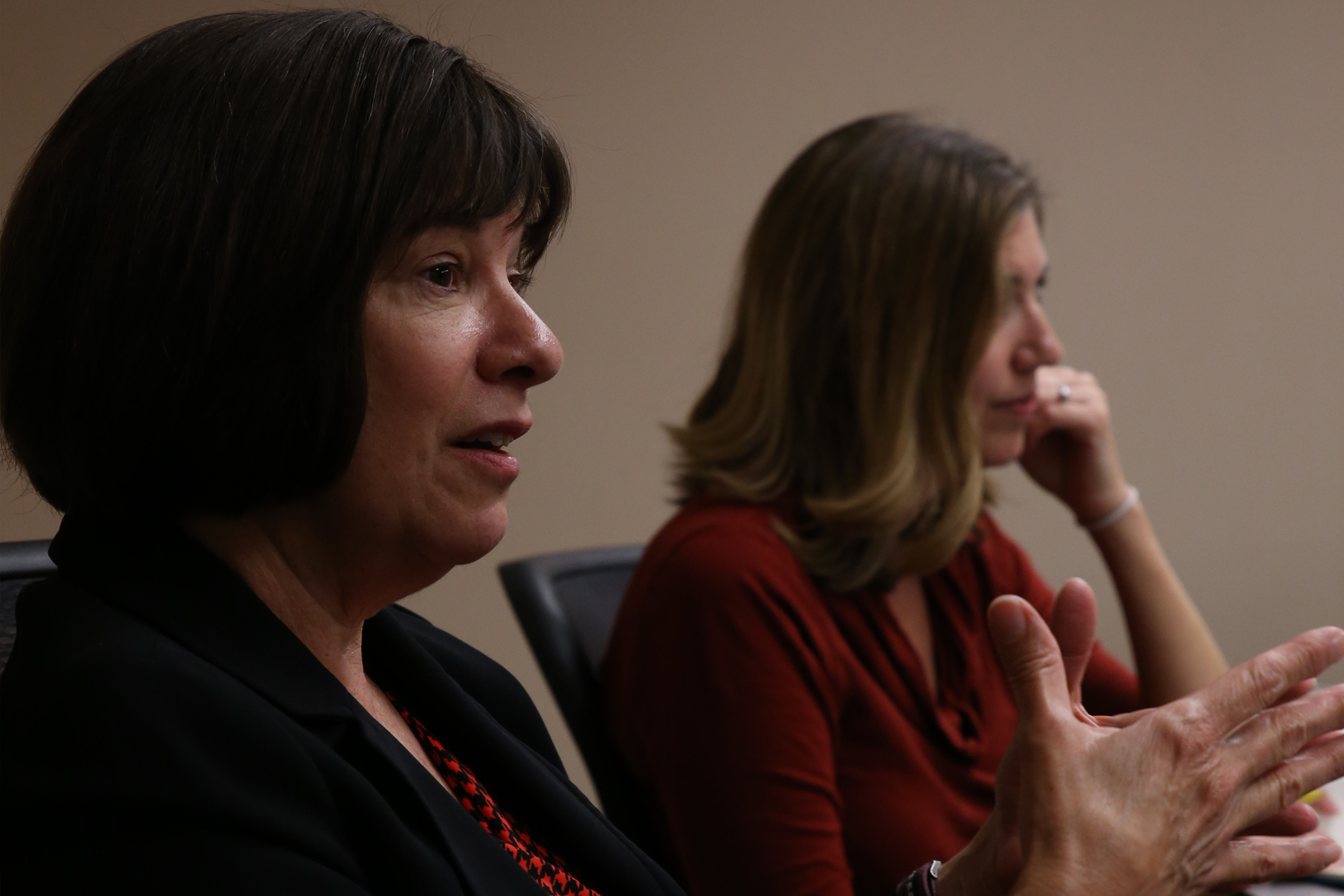
How can stories help build stronger health care teams?
Narrative medicine is centered on the idea that effective care requires deep knowledge and respect for your patients, as well as for your colleagues. With funding from the Macy Foundation, Columbia University brought its program in narrative medicine to medical, nursing, dental and public health students to improve teamwork and fortify their clinical practice.
“Narrative medicine suggests that when you seriously read with, write with, and tell stories with one-another on a continual basis, you can truly get past the distinctions that separate you,” explained Rita Charon, MD, PhD, Professor of Clinical Medicine and Director of the Program in Narrative Medicine at the Columbia University College of Physicians and Surgeons.
Students from the four schools join together to participate in group reading and writing exercises, drawing on stories from both the literary world and the hospital ward. They learn to be attentive listeners and empathetic providers, develop an appreciation for their colleagues, and hone skills in collaboration and teamwork.
“We have seen great success with the narrative medicine program—the bonds that the program creates between the different health professions are deep and lasting,” said Charon.
The Curriculum
Through an open application process, sixteen students from each of the schools are selected to participate in the program. They meet every week over the course of fourteen weeks.
In the first four weeks students receive narrative medicine training and are coached on how to be attentive listeners and creative writers. These skills are then put into practice over the semester through reading, writing and oral presentation assignments. Through small group discussions in class and online writing before class, students are asked to reflect on what they have read or heard. Through this reflection, students learn more about each other as both professionals and as individuals.
Following the four week intensive narrative training, students participate in one of four seminars. Each seminar covers a different topic and is co-taught by two faculty members from different schools. Recent topics include:
- Aging and end of life
- Relationships of care
- Embodiment and the culture of the body
- Health care justice
The final weeks of the program are dedicated to small-group work in clinical settings, including the palliative care and the eating disorder clinic—care settings that tend to rely heavily on teamwork and collaboration. The program culminates with group presentations on what students have learned from the care sites.
Developing Faculty Skills
Before developing the curriculum, Charon brought together faculty from each of the four schools to participate in a series of narrative seminars. Over a year, two faculty members from each of the four schools met monthly to discuss short stories, news articles or poems that they had read.
The program not only helped develop faculty skills in narrative medicine, it also led to greater interprofessional competencies. After a matter of weeks, Rita Charon and her colleagues could see the professional silos breaking down. Attitudes changed quickly, friendships developed, and as their sessions continued, the program revealed how much everyone had in common when it came to caring for the sick. Participants were able to work effectively together to develop an interprofessional narrative medicine curriculum for students.
Today, these faculty members are recognized within Columbia as experts when it comes to teamwork and interprofessional education.
Building Student Leaders
Program evaluation is a very “close to the ground, detailed effort,” according to Charon.
Through a combination of questionnaires, focus groups and outside witnesses who are hired to observe the seminars, Columbia evaluates the course for ways to improve the overall structure or design and measures change in student’s perceptions of their colleagues and teamwork skills. Students who have been involved with the program have also developed leadership skills.
“Through this program, young professionals who are building careers in health care now see teamwork as an important component of their lives, and we are truly positioning them to be future leaders in interprofessional education,” she said.
The Road Ahead
In the spring of 2015, the program will expand from the original four schools to include physical therapy, occupational therapy and nutrition—a total of 80 students will enroll this year in the seminars. Plans are underway to incorporate students from social work and pastoral care too.